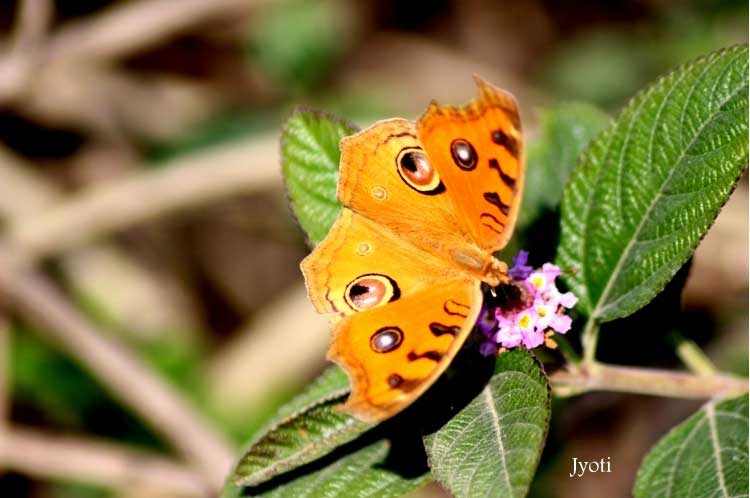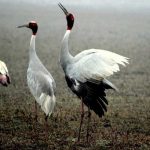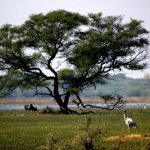Yamuna Biodiversity Park, for me, proved to be one of the best nature parks in the city of Delhi. Biodiversity is preserved in this park after prolonged research and interventions.
Emphasis is given on the Flora with the hope and reason that it will eventually invite Fauna to flourish in the region.
One should visit this park to learn about many interesting and less common facts about insects, birds, butterflies, animals, plants, and trees. This park exemplifies how a complete ecosystem works.
Let’s start with the basics:
What is a Biodiversity Park?
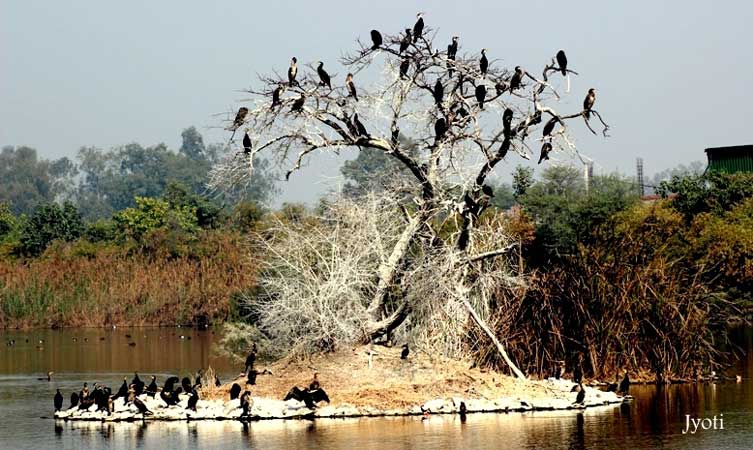
A Biodiversity Park, as the name suggests, includes a variety of living organisms belonging to various ecosystems, be it terrestrial or aquatic. It is also known as ‘Biosphere Reserve’, an area that protects the unique flora and fauna found in this region.
It is a protected area set up by government authorities with the aim of protecting these areas from human interference. These parks are often located near cities because they offer visitors a chance to experience natural habitats without having to leave their homes. They can be visited on foot, bicycle, horseback, boat, car, etc., depending upon where you want to go.
Biodiversity Parks in Delhi are owned and developed by Delhi Development Authority (DDA). Centre for Environmental Management of Degraded Ecosystems (CEMDE), University of Delhi, supports DDA with its technical inputs.
The aim is to revive and secure regional biota in several parts of Delhi. On these lines, Yamuna Biodiversity Park and Aravali Biodiversity Park are two of DDA’s initiatives.
Yamuna Biodiversity Park: Why You Must Discover Delhi’s Lesser Known Nature Trail
The Yamuna Biodiversity Park is a lesser-known nature trail in India that offers visitors the opportunity to see an array of wildlife. The park is situated on the Yamuna River and is home to a variety of animals including tigers and leopards.
Yamuna Biodiversity Park is also a great place for bird watching, as you’ll likely see a variety of different species here. In addition to the animals, the park is also home to a variety of flower plants and creepers including more than 1,000 species of trees.
How to Reach Yamuna Biodiversity Park?
It is located near Sangam Vihar, close to Chauhan Patti-Pushta Road, Delhi-UP border. You can either reach the park by your own car or cab directly or take a bus to Wazirabad and then a rickshaw ride.
The distance from the Wazirabad bus stand to the Park is around 3 km. If you wish to take the metro to reach Yamuna Biodiversity Park nearest metro station is Vishvavidhyalaya on the Yellow Line, which is around 6 km away.
Yamuna Biodiversity Park – Timing and Permission
I read many people writing about Yamuna Biodiversity Park on the internet in relation to age-old trees and many local as well as migratory birds.
Since I devoted this winter season to birding around Delhi, I did not want to miss this site. Interestingly, there was no clear information on whether and how one can visit the park. Therefore, I called their office situated inside the park.
While talking to the park officials over the phone, I figured out that the site is primarily a nature research center that is open to school children and other such groups with the purpose of creating awareness on the functioning and relevance of eco-system/s.
When I expressed my interest in visiting the park as a single birding enthusiast, they suggested me to join one of the two trails that the center runs (either at 10:30 AM or 2:30 PM). The staff also informed me that it takes around two hours to visit the accessible area.
Prior permission over the phone or email is a must. If you wish to visit the park during different timings other than the scheduled trails, you have to write to the authorities stating your purpose and nature of the visit. If you get the permission, the staff will assist you accordingly.
Geographical Distribution of the Park
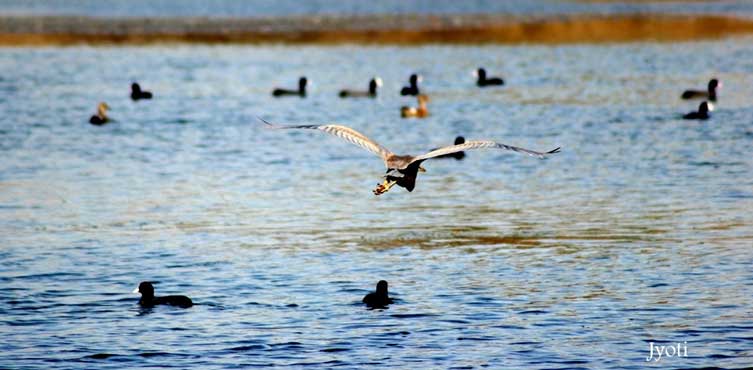
Yamuna Biodiversity Park is one of the many biodiversity parks in Delhi that DDA has developed and maintained. The aim is to preserve flora and fauna in the region. This park is presently spread across 457 acres of land and has been divided into two zones- the visitors’ zone and the nature reserve zone.
Visitors’ zone is again divided into phases- Phase One and Phase Two. There is a gated entry to Phase One. Here, a guide gives you a tour of the pre-marked area that they have kept open for outsiders.
You can visit Phase Two on your own but only after getting permission from the officials at phase one. It has a separate entry that is about half a km away from phase one.
Our Experience at the Park
The guide, who was sent along with us, was a very enthusiastic and welcoming person. He gave us detailed information about the various varieties of birds, animals, trees, plants, and butterflies along with some scientific research procedures that they follow in this park.
He excitingly showed us different varieties of trees namely Chiku, Miswak, Elephant Apple, Acacia nilotika Babul, Natal Plum, etc. few of the many “flora of Yamuna biodiversity park”.
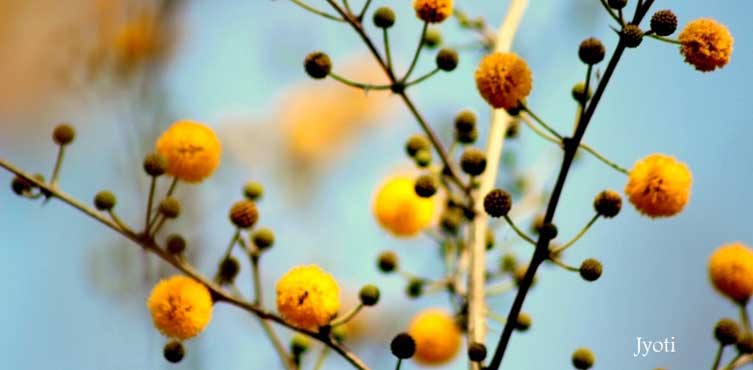
The park has many extinct shrubs and trees which used to be common in Delhi a century ago. I saw the original yellow Brinjal for the first time; it is not edible and only contributes to the development of hybrid edible varieties.
Plants like Cotton and Orange, small shrubs, and medicinal grasses are also common in this park. The park makes it a point to never use any insecticides or pesticides on the trees so that the birds can happily eat fruits.
Although we opted for the morning trail, which started at 10:30 AM, it was quite sunny to make birds hide under the trees. Nevertheless, we spotted many birds like Red-whiskered Bulbul, Long-tailed Shrike, Laughing Dove, Painted Stork, Common Coot, Great Cormorant, Spot-billed Duck, Egret, Red-naped Ibis, Common Pochard, and Gadwall, few of the many “fauna of Yamuna biodiversity park”.
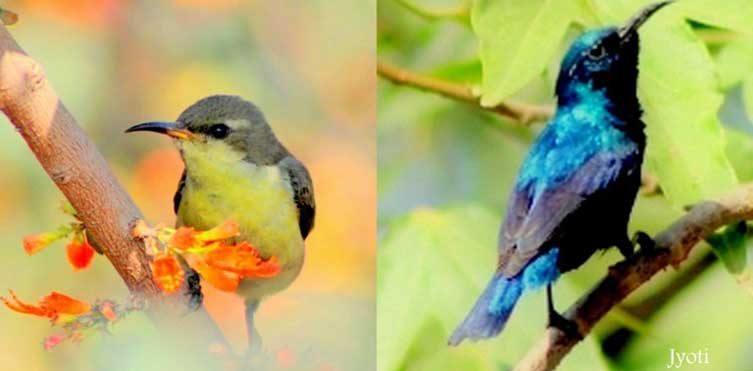
Sunbirds proved their name by being extremely active under the hot scorching sun.
We spotted many pairs of Purple sunbirds who were dancing and flying from one tree to the other. For the same reason, it was also difficult to capture their pictures. I got success after trying for about 20 minutes. However, it was a delight to see them hopping and twittering.
Major Learning During the Visit
- The importance of research around original (non-hybrid) plant/tree genes;
- The concept of ‘host plants’ and its impact on the population of a given species;
- Details of the pollination process and importance of ‘male’ trees for fruit production;
- Nature, lifestyle, and daily routine of many birds and mammals; and
- PH factor in the soil type of yamuna biodiversity park and how to balance it with the help of specific plants/grasses.
Fees and Facilities
Yamuna Biodiversity Park’s entry fee and camera fee are nil. You only need to take prior permission by clearly stating the purpose of your visit.
In fact, the staff invites you to view an introductory movie about the park at the ‘Interpretation center’ located on the campus. You can watch it if you wish.
A guide also accompanies you irrespective of the size of the group. However, it is subject to the availability of personnel.
Map of Yamuna Biodiversity Park
Here is the map of Yamuna Biodiversity Park for your reference. This map was created by the Landscape and Environmental Planning Department of Delhi development authority, New Delhi India.
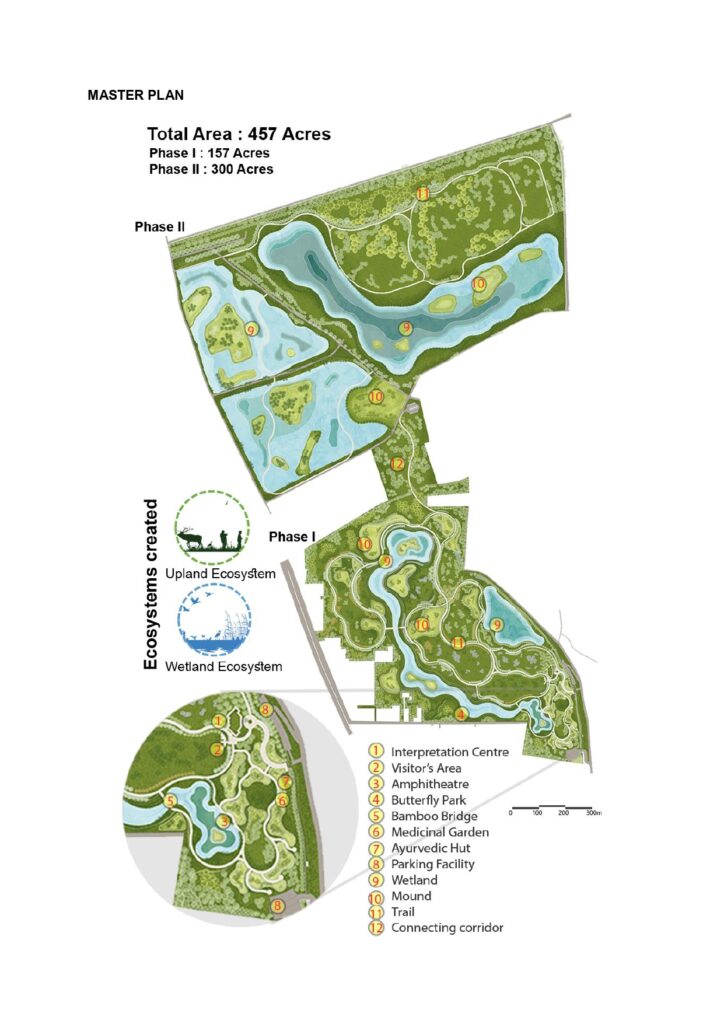
Contact Information
DDA has given a lot of details about their parks online. Click here to know about Yamuna Biodiversity Park in detail. There’s also a map for easy navigation.
Call them at 09899055001 (YBP) for any queries and taking permission for a visit. You can also email them at [email protected] [email protected].
My Recommendation
Although the authority considers children and the younger generation as its primary clientele, it is a great learning site for whoever wishes to know nature from close.
If you like to observe varied species, it is going to be an enriching experience for sure. You get to know many basic but lesser-known facts about flora and fauna.
Additionally, the staff at Yamuna Biodiversity Park is very welcoming and helpful. The visit is undoubtedly very different from visiting other Bird Sanctuaries in Delhi.
I would certainly recommend this place to all the nature enthusiasts. Do share your views after visiting.
FAQs – Yamuna Biodiversity Park
Yamuna Biodiversity Park is a wonderful place to experience nature with lots of flora and fauna. However, it is a large place to explore and is best visited by local residents and tourists alike.
To help you navigate the park, we’ve prepared a list of the most popular queries. Let’s dive in!
How to Reach Yamuna Biodiversity Park?
The park is near the Delhi-UP border. You can either go directly by your car/ cab or take a bus to Wazirabad and then get a rickshaw ride.
What Is the Yamuna Biodiversity Park Entry Fee?
There is absolutely no entry fee for the Yamuna biodiversity park. You just need to take prior permission before your visit.
What Are the Yamuna Biodiversity Park Timings?
The Park opens at 10 AM and closes at 5 PM. It is open only on weekdays. You can choose one of the two trail timings which are 10.30 AM and 2.30 PM.
What Is the Best Time to Visit Yamuna Biodiversity Park?
The migratory season lasts from November to March. During this time, around 5,000 painted storks pass through. The birds can be spotted by their brightly colored legs and long necks. Other waterbirds such as Cormorants and Shovellers are also spotted along with many other birds.
How Much Is the Area of Yamuna Biodiversity Park?
The Yamuna Biodiversity Park is being developed over an area of approximately 457 acres near Wazirabad village on the western bank of the river Yamuna.
How Many Biodiversity Parks Are There in Delhi?
Delhi has 7 biodiversity parks namely Yamuna Biodiversity Park, Aravali Biodiversity Park, Neela Hauz Biodiversity Park, Kamla Nehru Biodiversity Park, Tilpath Valley Biodiversity Park, Tughlakabad Biodiversity Park, and South Biodiversity Park.
What Is the Importance of Yamuna Biodiversity Park?
Yamuna Biodiversity is becoming the most ideal place to learn and understand the environment and biodiversity. A diversity of forest communities, biologically rich wetlands, grassland communities, and a wide variety of fruit-yielding species are found in the Yamuna Biodiversity Park.
Why Should One Visit a Biodiversity Park?
Visiting biodiversity would keep you close to nature and give you the pleasure of photographing a wealth of biodiversity. Biodiversity Park conserves the natural heritage of the city, enhances the quality of the urban environment and it serves as a hub for education, cultural, and conservation activities. Hope you find your answer to your query: why there is a need to visit biodiversity park.
What Is the Importance of a Biodiversity Park in India?
Yamuna Biodiversity Park has become the most ideal place to learn and understand the environment and biodiversity. It is home to a wide variety of forest communities, biologically rich wetlands, grassland communities, a wide variety of fruit-yielding species, and an abundance of medicinal herbs.
When was Yamuna Biodiversity Park Created?
The restoration work in Phase I of Yamuna Biodiversity Park was started in
the year 2002.
Read More…
